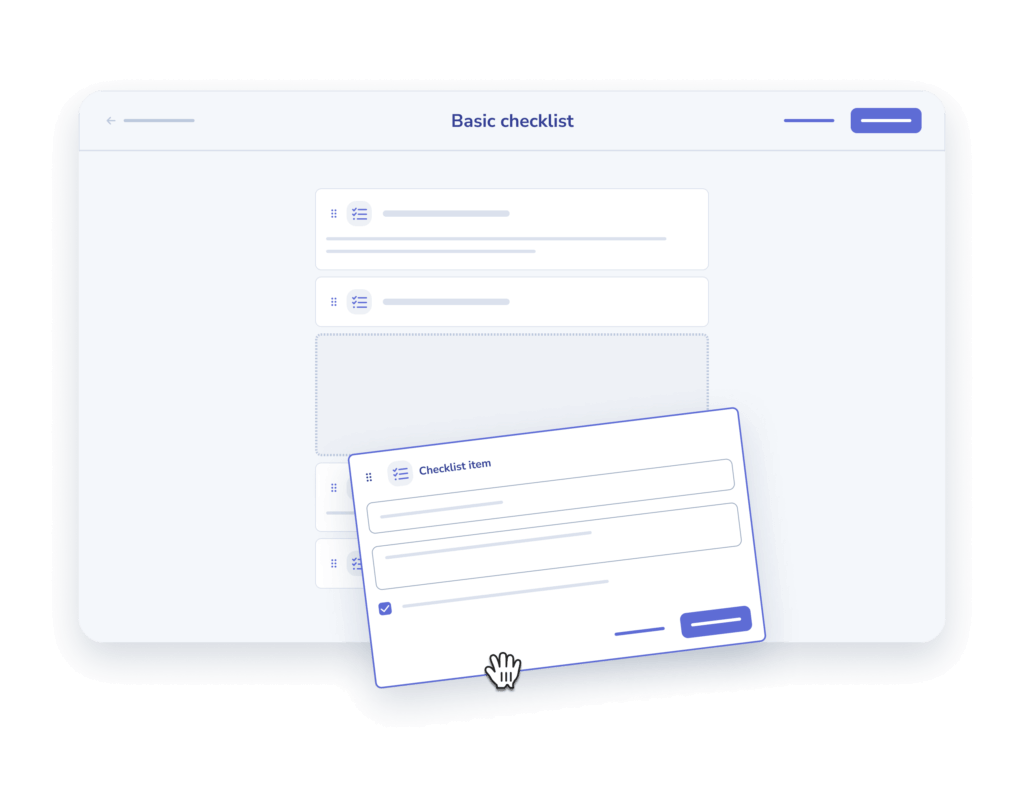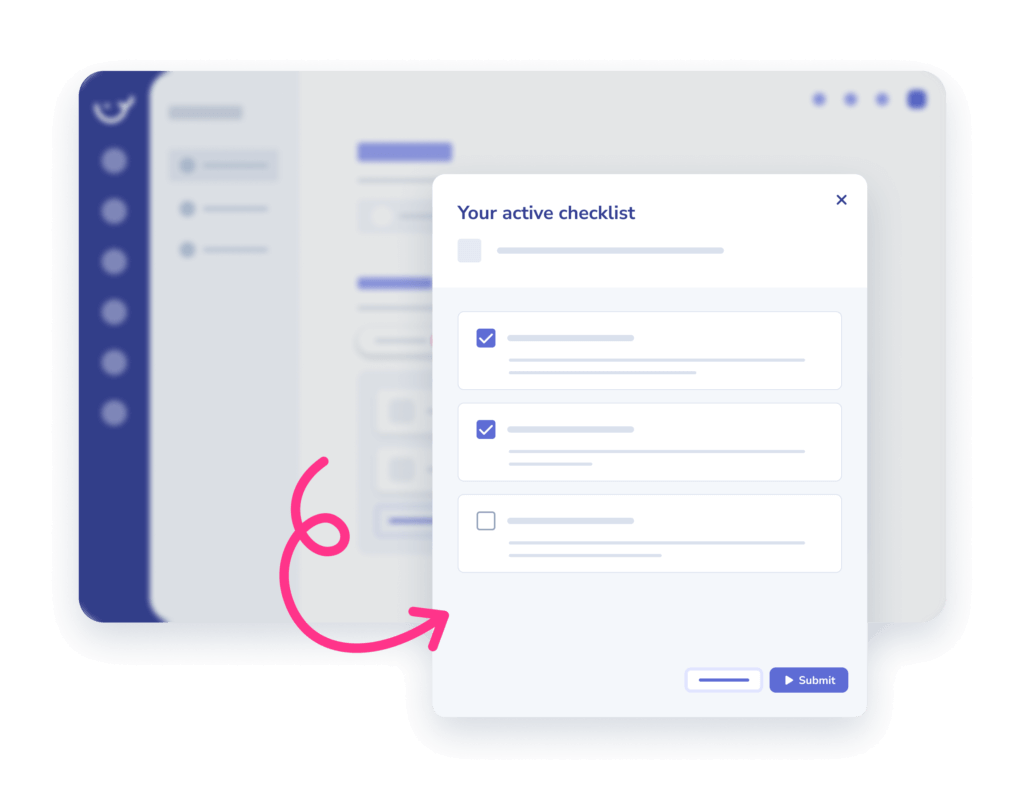checklist if you’re only a scaling company?
Non-compliance with labor laws can result in hefty penalties. In 2021, the U.S. Department of Labor recovered $230 million in back wages for employees due to wage and hour violations (U.S. Department of Labor).
As your company grows, conducting an annual HR Audit becomes essential for staying compliant, improving efficiency, and maintaining a positive company culture. But if the idea of a full audit feels overwhelming, don’t worry—all you need is a checklist. Knowing how to create an audit checklist and following a structured approach can become a powerful tool to streamline your HR practices and ensure everything is running smoothly.
In this guide, we’ll explain the essential components of an HR Audit, why it’s so important, and how to make an audit checklist. For a more detailed checklist, refer to our dedicated HR Audit Checklist URL. HR Audit Checklist URL.
What Is an HR Audit?
An HR audit is a comprehensive review of an organization’s HR processes, policies, systems, and documentation. HR Audits are performed to evaluate;
- Compliance with local, national, and international regulations
- Best practices on processes,
- Assessment of current training, development, and recruitment processes in relation to current and future needs of the business
- KPIs, such as time to hire, ramp up time and employee turnover rate
- How effectively your HR aligns with organizational strategic goals
The main purpose is to ensure that the company complies with employment laws and regulations, and that HR functions are aligned with overall business objectives. It also helps identify areas where improvement is needed, whether that’s in recruitment, employee relations, payroll, or compliance.
The Components of an HR Audit
An effective HR audit typically covers a variety of areas, ensuring that your HR department operates efficiently and within the legal framework. The main components include:
- Documentation & Compliance: Ensures all employee records, tax documents, and labor law requirements are up-to-date and compliant with federal, state, and local regulations.
- Recruitment & Hiring: Reviews job descriptions, legal compliance in hiring practices, and the accuracy of background and reference checks.
- Payroll & Benefits: Confirms that payroll records are accurate and benefits are compliant with the Affordable Care Act (ACA).
- Performance Management: Verifies that performance evaluations and disciplinary actions are well-documented and employee goals are tracked.
- Training & Development: Reviews mandatory training completion and opportunities for employee development.
- Employee Relations: Ensures grievance procedures, employee feedback, and compliance with anti-discrimination policies are in place.
- Termination Processes: Confirms that all terminations are handled legally and exit processes, including final payments, are properly documented.
Each of these areas ensures that your HR practices not only support employees but also protect the company from legal risks.
Why Are HR Audits So Important?
70% of companies don’t perform regular HR audits, which increases the risk of non-compliance and legal exposure (HR Daily Advisor).
For HR managers, especially in scaling companies, annual audits are essential for several reasons:
- Legal Compliance: Employment laws are constantly changing. An HR audit ensures your company is compliant with labor laws, preventing potential fines and legal issues.
- Efficiency: Audits identify gaps and inefficiencies in your current HR processes, allowing you to optimize your workflows.
- Employee Satisfaction: Reviewing compensation, benefits, and feedback processes helps you keep employees happy and engaged—essential for retention in a competitive labor market.
- Strategic Alignment: By aligning your HR practices with your company’s long-term goals, audits ensure your workforce is driving growth, not holding it back.
How to Conduct an HR Audit
Knowing how to create an audit checklist is essential when conducting an HR Audit. Breaking the process into manageable steps will make it easier. Here’s a high-level view of how to make an audit checklist and get started:
- Define Your Goals: What do you want to achieve with your audit? Are you focusing on compliance, improving employee relations, or optimizing payroll?
- Gather Your Team: Decide who will be involved. Will you handle it internally, or will you bring in an external auditor?
- Collect Data: Start gathering relevant data—employee records, payroll data, performance evaluations, and training logs.
- Analyze Findings: Identify gaps and areas for improvement. Compare current policies with legal requirements and best practices.
- Create an Action Plan: Prioritize which areas need immediate attention and outline a timeline for implementing changes.
- Implement Improvements: Begin updating policies, procedures, or systems based on your audit findings.
- Monitor Progress: Regularly track the progress of improvements and plan follow-up audits as necessary.
The HR Audit Checklist Steps
Here is a high-level overview of the key steps included in the HR audit checklist. You can access the full detailed checklist here, but here’s a brief summary of the critical elements:
- Documentation & Compliance: Ensure all employee records (I-9s, tax documents) are updated, and review compliance with FLSA and OSHA regulations.
- Recruitment & Hiring: Evaluate job descriptions, confirm interview procedures are legally compliant, and ensure background checks are complete.
- Payroll & Benefits: Audit payroll records for accuracy, ensure compliance with ACA, and verify proper overtime reporting.
- Performance Management: Check that performance evaluations are documented, and review employee goals and disciplinary actions.
- Training & Development: Confirm the completion of required training (harassment, safety), and review development plans for leadership and skills training.
- Employee Relations: Ensure grievance procedures are in place, review satisfaction surveys, and verify compliance with anti-discrimination policies.
- Termination: Confirm exit interviews are conducted, ensure proper documentation for terminations, and verify timely final payments.
Bottom Line
An HR Audit is a critical tool for ensuring your company is compliant, efficient, and aligned with its strategic goals. While the process might seem overwhelming, using a structured approach and knowing how to create an audit checklist can simplify it significantly. By staying proactive with your audits, you ensure your HR department is not only a regulatory asset but also a strategic partner in your company’s growth.
Ready to get started? Check out our comprehensive HR Audit Checklist for detailed steps and ensure your next audit is seamless.
Frequently Asked Questions About HR Audits
What is an HR audit?
An HR audit is an objective examination of a business’s HR policies, practices, and procedures to ensure that the company meets regulations and best practices.
The goal is to ensure;
- Compliance with employee regulations to avoid any potential penalties
- Maintain a fair, competitive employee compensation and benefits package
- Identify reasons for employee turnover to improve retention
- Improve processes, procedures, organizational structures, and job descriptions
- Identify employee grievances and address issues
How often should I conduct an HR audit?
It’s recommended to conduct a comprehensive HR audit annually. However, smaller, more focused audits (e.g., on compliance or performance management) can be conducted biannually or quarterly.
What are the consequences of not conducting regular HR audits?
Failing to conduct regular audits can lead to compliance issues, inefficiencies, and potential legal risks. It also increases the chances of lower employee engagement due to overlooked gaps in policies, compensation, or training.
Can digital tools help with HR audits?
Yes! Using digital checklists and HR management systems can streamline the audit process, making it easier to track compliance, employee training, and document management. Platforms like Usewhale.io offer automated checklists and tracking features to ensure audits are more efficient.




